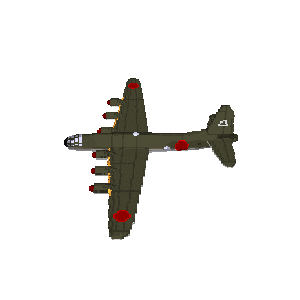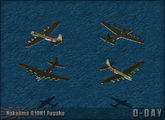Difference between revisions of "Nakajima G10N1 Fugaku"
From D-day: wiki
| Line 18: | Line 18: | ||
|title=History | |title=History | ||
|content= | |content= | ||
| + | |||
| + | The Nakajima G10N Fugaku (Japanese: "Mount Fuji"), was a planned Japanese ultra-long-range heavy bomber designed during World War II. It was conceived as a method for mounting aerial attacks from Japan against industrial targets along the West Coast of the United States. Japan's worsening war situation resulted in the project's cancelation in 1944 and no prototype was ever built. | ||
| + | |||
| + | The Fugaku had its origins in "Project Z", a 1942 Imperial Japanese Army specification for an intercontinental bomber which could take off from the Kuril Islands, bomb the continental United States, then continue onward to land in German-occupied France. Once there, it would be refitted and make another return sortie. | ||
| + | |||
| + | Development started in January 1943, with a design and manufacturing facility built in Mitaka, Tokyo. Project Z was cancelled in July 1944, and the Fugaku was never built. | ||
Revision as of 09:37, 1 June 2014
| ||||||||||||||||
History
The Nakajima G10N Fugaku (Japanese: "Mount Fuji"), was a planned Japanese ultra-long-range heavy bomber designed during World War II. It was conceived as a method for mounting aerial attacks from Japan against industrial targets along the West Coast of the United States. Japan's worsening war situation resulted in the project's cancelation in 1944 and no prototype was ever built.
The Fugaku had its origins in "Project Z", a 1942 Imperial Japanese Army specification for an intercontinental bomber which could take off from the Kuril Islands, bomb the continental United States, then continue onward to land in German-occupied France. Once there, it would be refitted and make another return sortie.
Development started in January 1943, with a design and manufacturing facility built in Mitaka, Tokyo. Project Z was cancelled in July 1944, and the Fugaku was never built.
References
. . . .

